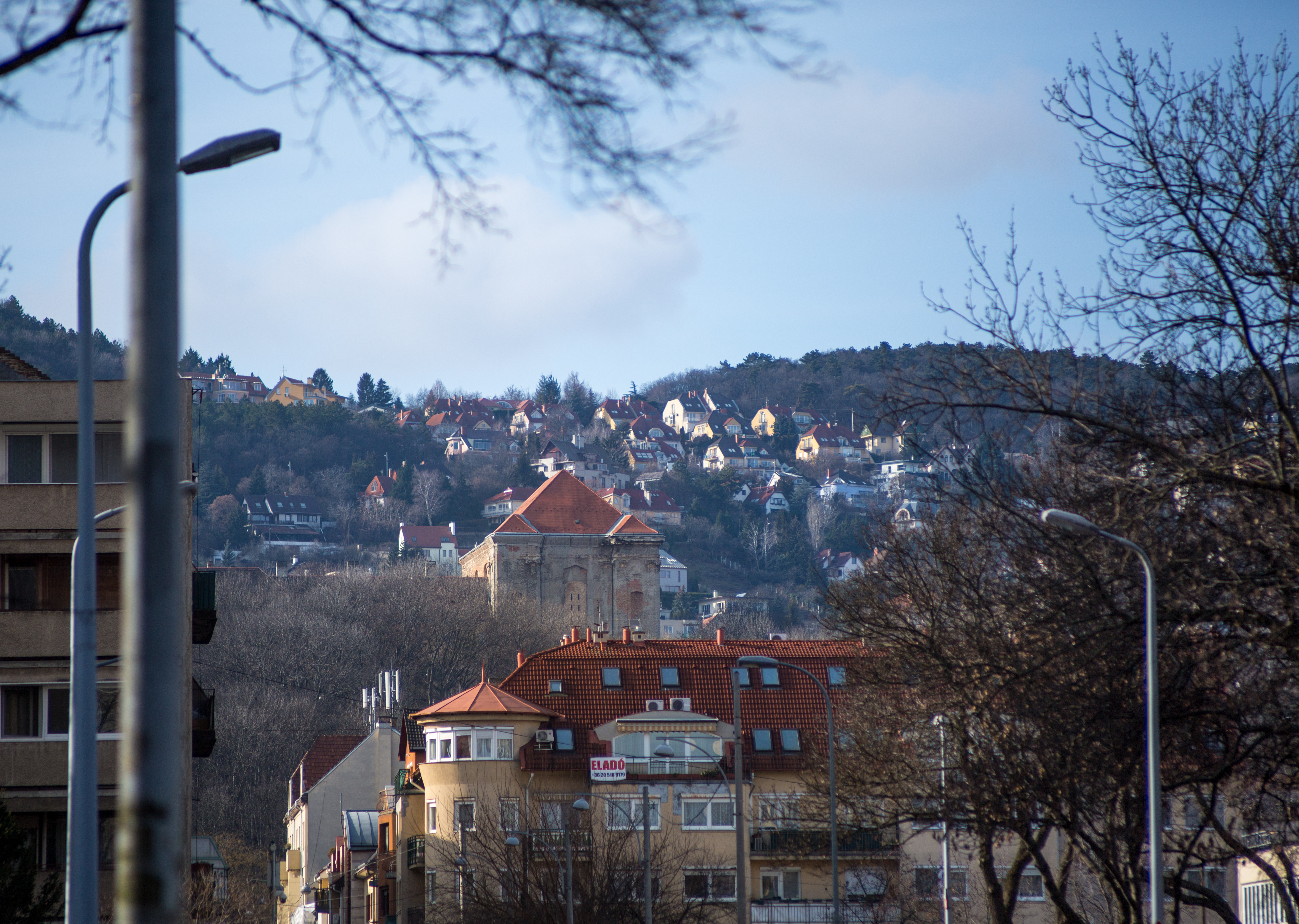The Kiscelli Museum is one of the most romantic places in Budapest, its fascinating exhibitions enticing many a visitor up the steep slope of Kiscelli utca in Óbuda. But few then go on to explore its surroundings, an ancient park hidden behind Szent Margit Hospital and Óbuda University. Like the museum, it also harbours sacred memories.
Kiscelli Hill got its name from the fact that a certified copy of the Mariazelli statue was placed in the chapel here in 1733. A monastery and church were built around it for the Trinitarian order, with the aim of providing a burial place for the Zichy family based in Óbuda.

However, the monastic orders were dissolved by 18th-century Habsburg ruler Joseph II, and the building complex used for military purposes. In 1912, Miksa Schmidt, a Viennese furniture manufacturer, interior designer and art collector, bought it and converted it into a castle. He placed his art collection in the former church and filled the castle with his furniture.

His lover, tragic Elza Mágnás, a tabloid heroine of her time, whose murdered body was fished out of the Danube in a travel bag, also visited. Miksa Schmidt died without an heir, leaving his castle and the surrounding park to the capital, with the stipulation that it function as a public park and museum.
It is currently home to the Budapest History Museum and City Gallery, the regular programme of excellent exhibitions currently on hold.

Yet it’s still worth the climb up here, if only to explore the surroundings, 15-hectare primeval park, equipped with benches, barbecue areas, intersecting walking trails and an asphalt road suitable for cyclists.

You access the park just to the left of the Kiscelli Museum as you approach from the slope.In the time of Miksa Schmidt, this green area was much larger, dotted with sculptures installed by this patron of the arts, and which were later stolen.

When spring comes, the protected yellow winter aconites begin to flower. While the greenery and birdsong of summer are more pleasant sight, this is one of the few places in the capital where the snow stays for a relatively long time.
At the beginning of the 20th century, clay and limestone were mined in the area, the larger pits and ravines now covered in flora. On the side of the castle, there is still a bare, layered limestone wall and, next to it, a wide flight of stairs leads down from the back entrance.


From the gates of the museum, a 14-station Calvary, built in 1810, runs along the edge of the park, overlooking the city in places and strangely running past family houses, a few of which remain in the area.
The line opens into a Baroque group of sculptures, Golgotha, from where a road leads down to the Chapel of Holy Blood, built in the 1820s. You can only enter it on the first Friday of each month when prayers are held. Going down from the chapel, you reach main Bécsi út and the tram line.

For a longer hike, the K+ tourist road passes through the park, starting at the junction of Bécsi út and Doberdó út and, after the park, turning onto Kolostor út and taking you to Mátyás Hill and Remete Hill, offering a direct connection to Hármashatár Hill.
For an easier walk and a nice view, you can combine the Kiscelli park forest with the József-hegy lookout tower and its surroundings, also via Mátyás-hegyi quarry and Szemlő-hegy Cave.
For the Kiscelli Museum, take trams 17, 19 or 41 to Szent Margit Kórház, then scale Kiscelli utca from the other side of the hospital on main Bécsi út.




